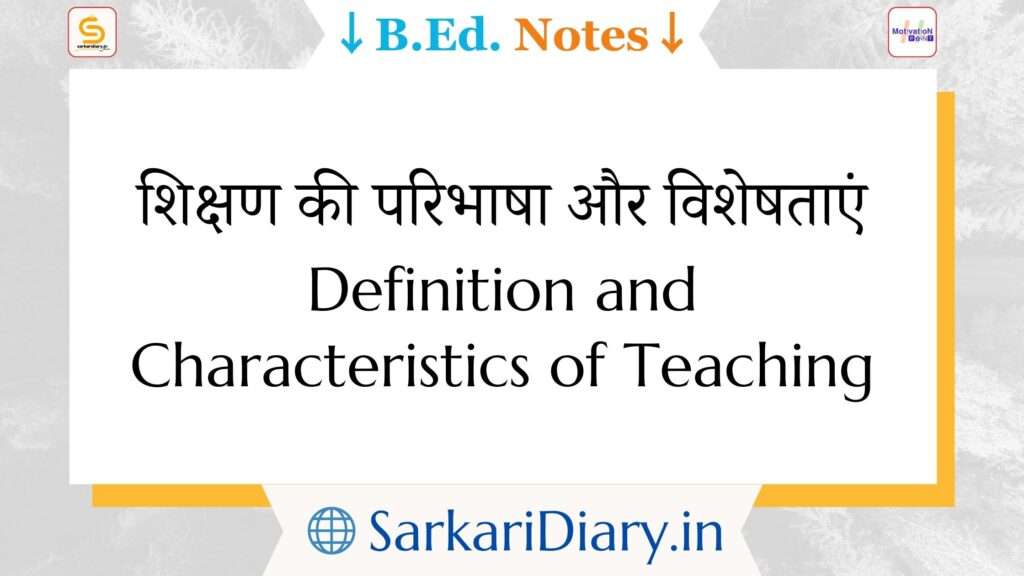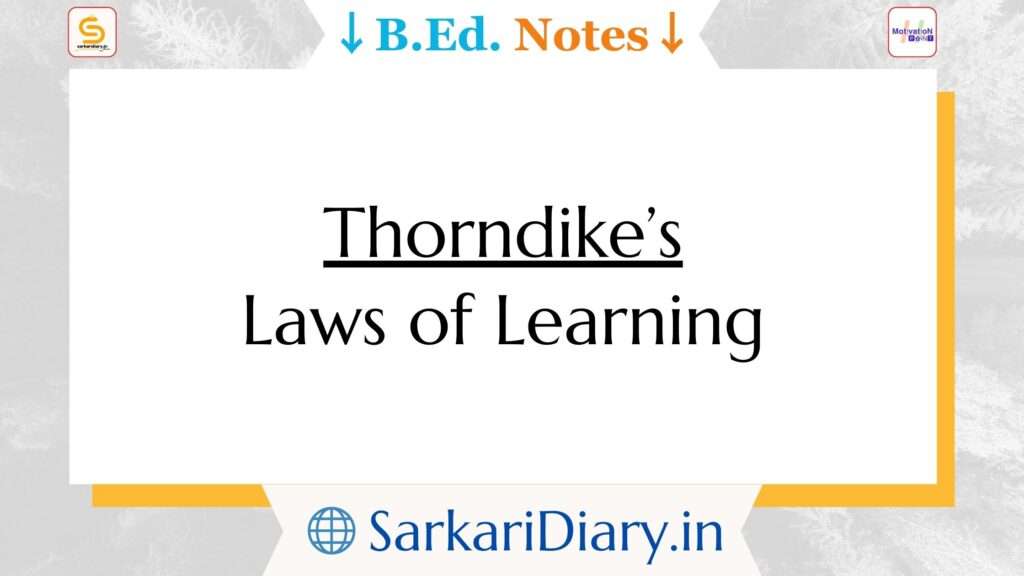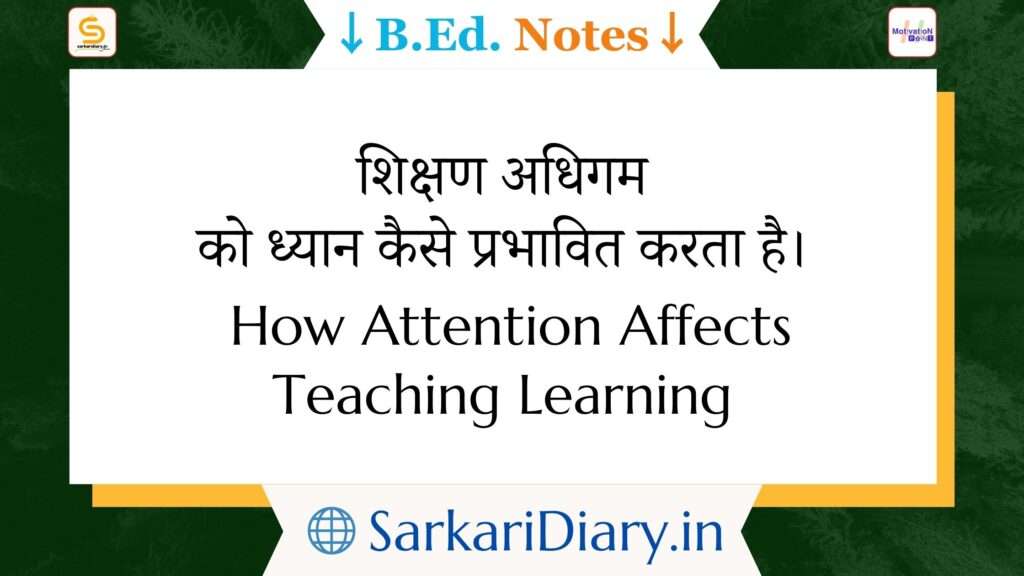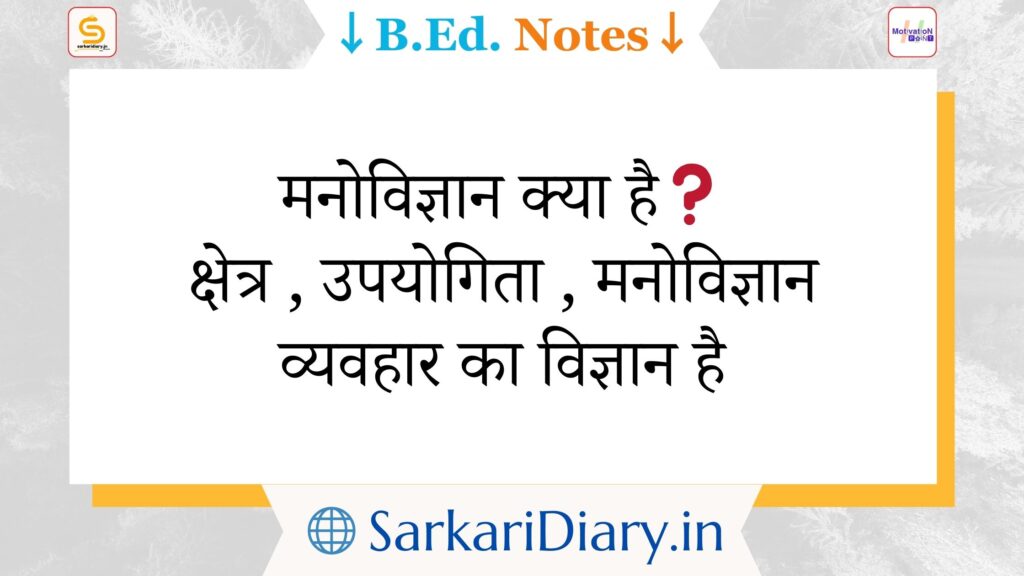The Right to Education Act (RTE), passed by the Indian Parliament on August 4, 2009, guarantees children the right to free and compulsory education. Children from the ages of 6 to 18 are entitled to free education under the Right of Children to Free and Compulsory Education Act, 2009, also known as the Right to Education Act 2009 (RTE).
According to Article 21a of the Indian Constitution, it outlines the specifics of the significance of free and compulsory education for children aged 6 to 14 in India.
India is now one of the 135 nations in the world where the right to an education is a fundamental one because of the enforcement of this law.
Recent Update
- In 2017, the Niti Aayog asked for a revision of the provisions of the Right to Education Act that state that pupils who do not perform well cannot be kept back to class VIII.
- 2019 marks the completion of a decade after India’s historic Right to Education (RTE) Act, 2009. The RTE remains one of the most significant triggers for India to enjoy its much-anticipated demographic dividend, along with greater focus on skilling and higher education.
- The Delhi High Court requested a response from the Central government in 2021 in response to a petition accusing the authorities of failing to decide whether to provide free education under the Right to Education (RTE) Act to students from the Economically Weaker Section (EWS) beyond Class 8 and up to Class 12.
What is the Right to Education?
- The right to an education is a fundamental human right. Every person has a right to free elementary education, regardless of their race, gender, nationality, ethnicity, or political inclination.
- RTE Act encourages individual freedom and empowerment and has significant positive effects on growth as education is a prerequisite for all basic Human rights.
Right to Education Act
- The Right to Education Act 2009, or RTE Act 2009, was passed by the Indian Parliament on August 4, 2009.
- According to Article 21(A) of the Indian Constitution, it explains the necessity of free and mandatory education for children aged 6 to 14 in India.
- When the Act went into effect on April 1, 2010, India joined a list of 135 nations that consider education to be a fundamental right of every child. With the passage of this legislation on April 1, 2010, India became one of 135 countries to make education a basic right for all children.
- It establishes basic standards for primary schools, outlaws the operation of unrecognised institutions, and opposes admissions fees and child interviews.
- Through routine surveys, the Right to Education Act maintains an eye on every neighbourhood and identifies children who should have access to education but do not.
- The words “free and compulsory” are part of the RTE Act’s title.
- No child shall be required to pay any form of fee or charges or expenses that may hinder him or her from pursuing and completing primary education, with the exception of a child who has been admitted by his or her parents to a school that is not financed by the relevant Government.
- The obligation to provide and ensure entrance, attendance, and completion of basic education by all children in the age range of 6 to 14 falls on the competent Government and local authorities under the mandate of compulsory education.
Constitutional Provisions of RTE Act
- Article 21-A, which states that all children between the ages of six and fourteen have the fundamental right to free and compulsory education, was added to the Indian Constitution by the Constitution (Eighty-sixth Amendment) Act of 2002.
- The Right of Children to Free and Compulsory Education (RTE) Act, 2009, which represents the consequential legislation anticipated under Article 21-A, every child has the right to a full-time elementary education of satisfactory and equitable quality in a formal school that complies with certain fundamental norms and standards.
Importance of Right to Education Act 2009
- The Right to Education Act establishes basic standards for primary schools and declares education a fundamental right of all children between the ages of 6 and 14. It mandates that 25% of seats in all private schools be set aside for students.
- Children are admitted to private schools with reservations based on caste or financial standing.
- Additionally, it forbids any unrecognized schools from operating, and it stipulates that there will be no donation or capitation fees, as well as no parent or child interviews for admittance.
- The Right of Children to Free and Compulsory Education (RTE) Act of 2009 additionally specifies that no child may be held back, expelled, or made to pass a board exam until primary school is completed.
- Ex-students can receive supplementary education to bring them up to speed with students their own age.
Features of Right to Education (RTE) Act, 2009
The primary features of the Right to Education (RTE) Act, 2009 are that it provides free and compulsory education to all children in India aged 6 to 14. The following are some of the RTE’s basic features:
- All children aged 6 to 14 are entitled to free and compulsory schooling.
- There will be no detention or exams until elementary school is completed.
Compulsory and free education for all
- In India, the government is required to provide free and required primary education to each and every child, up to class 8, in a neighborhood school within a 1 km radius.
- Free education also includes the delivery of textbooks, clothing, stationery, and special education resources for children with disabilities in order to reduce the financial burden of school costs.
- No child is compelled to pay any fees or other expenditures that might prevent them from completing their primary education.
The benchmark mandate
- The Right to Education Act establishes guidelines and requirements for classrooms, boys’ and girls’ restrooms, drinking water facilities, the number of school days and working hours for teachers, among other things.
- To uphold the basic level established by the Right to Education Act, every primary school in India must adhere to this set of rules.
Special provisions for special cases
- According to the Right to Education Act, a child who is not enrolled in school must be accepted to a class for their age and get specialised instruction to help them catch up to age-appropriate learning levels.
Quantity and quality of teachers
- The Right to Education Act ensure that the necessary pupil-teacher ratio is maintained in every school without any urban-rural imbalance at all, allowing for the sensible deployment of teachers.
- It also necessitates the appointment of instructors with the requisite academic and professional training.
Zero tolerance against discrimination and harassment
- The Right to Education Act of 2009 outlaws all forms of corporal punishment and psychological abuse, as well as discrimination based on gender, caste, class, and religion, as well as capitation fees, private tutoring facilities, and the operation of unrecognized schools.
Ensuring all-round development of children
- The Right to Education Act of 2009 mandates the construction of a curriculum that ensures each child’s full development.
- It also seeks to improve a child’s knowledge, talents, and overall potential.
Improving learning outcomes to minimise detention
- No child is allowed to be held back or expelled from school until Class 8, according to the Right to Education Act.
- The Continuous Comprehensive Evaluation (CCE) system was established in 2009 under the Right to Education Act. It aims to ensure acceptable learning outcomes for each grade level in schools.
- This method was developed to analyse every aspect of the child while they were in school, allowing gaps to be identified and rectified as soon as feasible.
Monitoring compliance of RTE norms
- School Management Committees (SMCs) are essential for enhancing governance and participatory democracy in primary education.
- All schools covered by the Right to Education Act of 2009 are required to form a School Management Committee made up of the principal, a local elected official, parents, and other community members.
- The committees have been tasked with developing a school development plan and monitoring how the schools are performing.
Right to Education Act is justiciable
- The Right to Education Act of 2009 is legally enforceable, and it is supported by a Grievance Redressal (GR) framework that enables anyone to take legal action against violations of its provisions.
- Oxfam India and JOSH filed a complaint with the Central Information Commission (CIC) in 2011 under Section 4 of the Right to Information Act (RTI Act) of 2005 to ensure that all schools adhere to this requirement.
Creating inclusive spaces for all
- All private schools must set aside 25% of their seats for children from socially and economically disadvantaged areas, according to the Right to Education Act of 2009.
- The RTE Act’s clause promoting social inclusion aims to create a more equitable and just society.
Achievements of Right to Education Act,2009
- The RTE’s greatest success was in enabling India to reach enrollment rates that were nearly 100%. India has been able to develop its infrastructure after the RTE was put into place in 2010.
- According to the Aser Centre’s Annual Status of Education Report (ASER), the only source of data on children’s learning results in the nation, the percentage of schools with usable girls’ restrooms doubled, reaching 66.4 percent in 2018.
- In 2018, there were 64.4 schools with boundary walls, an increase of 13.4 percentage points from the previous year.
- From 82.1 to 91 per cent of schools now have cooking sheds. Over the same time period, the percentage of schools receiving books other than textbooks rose from 62.6 to 74.2 per cent.
Limitation of Right to Education Act, 2009
- In a developing nation with a large population, reducing child labour is the most significant problem that the RTE Act faces.
- It’s more difficult than it seems to enrol all of these children in school because of the involvement of numerous government agencies. As a result, the RTE Act’s successful implementation is fraught with difficulties.
- Low learning levels and a shortage of skilled teachers are still its primary flaws.
- Additionally, to be in conformity with provision 12(1)(c) of the RTE law, private schools must set aside 25% of their seats for less fortunate children.
- ASER argues that after the RTE Act was put into effect, there was a push for universalization, which negatively impacted learning outcomes. The transformation has been “slow and uncertain,” it was added.
- Another major problem that the law has failed to solve is a system of inclusive schools.
- Lack of special provisions for children who need access to school the most—girl children, SC/ST groups, and minority communities—is a fundamental shortcoming.
- Because distinct communities are not given enough attention, there are no plans in place to meet their unique needs.
- The RTE Act’s other shortcoming is that, despite its provisions, there aren’t enough qualified teachers in the classrooms. Many schools have had trouble maintaining the act’s mandated teacher-to-student ratio.
Reasons for failure of RTE Act
- RTE lawsuit has recently focused on schools refusing admission on baseless grounds. These are instances where school officials repeatedly prevent students from receiving a quality education.
- The National and State Commissions for the Protection of Child Rights lack any real clout because only the school management committee or the government has the power to impose sanctions on incompetent administrators.
- The states have been complaining loudly that they lack the resources to provide instruction of a sufficient calibre in all the schools required for universal education.
- In the RTE age group, females are forced by conventional gender roles to assist with domestic duties and sibling care, which results in sporadic attendance and eventual dropouts.
- Discrimination is prevalent not only in the admissions procedures but also in how schools behave and treat their pupils.
- The lack of legal action against negligent administrators and the lack of a regulatory organisation for school administrators and instructors are the main causes of this.
Criticism of the RTE Act 2009
- RTE Act 2009 is criticised for discriminating against economically disadvantaged groups (EDGs) and weaker sections (EWS).
- Another criticism of the act is that the Local governments are unable to maintain track of students who qualify under the provisions of RTE Act 2009 Section 12(1)(c), hence they are unable to find students to admit.
- First-generation students are unable to fill out the application and are thus not admitted which lessens the impact of the RTE Act 2009.
- Other major criticisms of the RTE Act 2009 are as follows:
- Private schools refuse admissions because they are not promptly paid.
- Some parents were urged to donate money or pay the application fee in order to get admissions.
- Students drop out of the program or don’t receive admission in a timely manner due to admissions procedure delays.
Measures needed for Right to Education
- The Kothari Commission report, which was recently released, strongly supported the idea of neighborhood schools built on the common school system.
- Every community has a single government-run public school where all students, regardless of caste, social position, or economic background, can receive an education.
- Extension of the age range: The act must cover the 3-6 and 14–18 age ranges. Although the NEP-2020 has provided some hints in this direction, it is crucial to take into account the RTE act’s present age range of 6–14 years to 3–18 years.
Conclusion
According to the Indian Constitution, legislation on education can be passed at the national and state levels. For its implementation, the Act specifies particular duties for the federal, state, and local governments. Mandatory registration of schoolteachers and administrators with professional regulatory bodies, analogous to the registration of attorneys with bar councils, is a fundamental transformation in the education system that is urgently needed.











